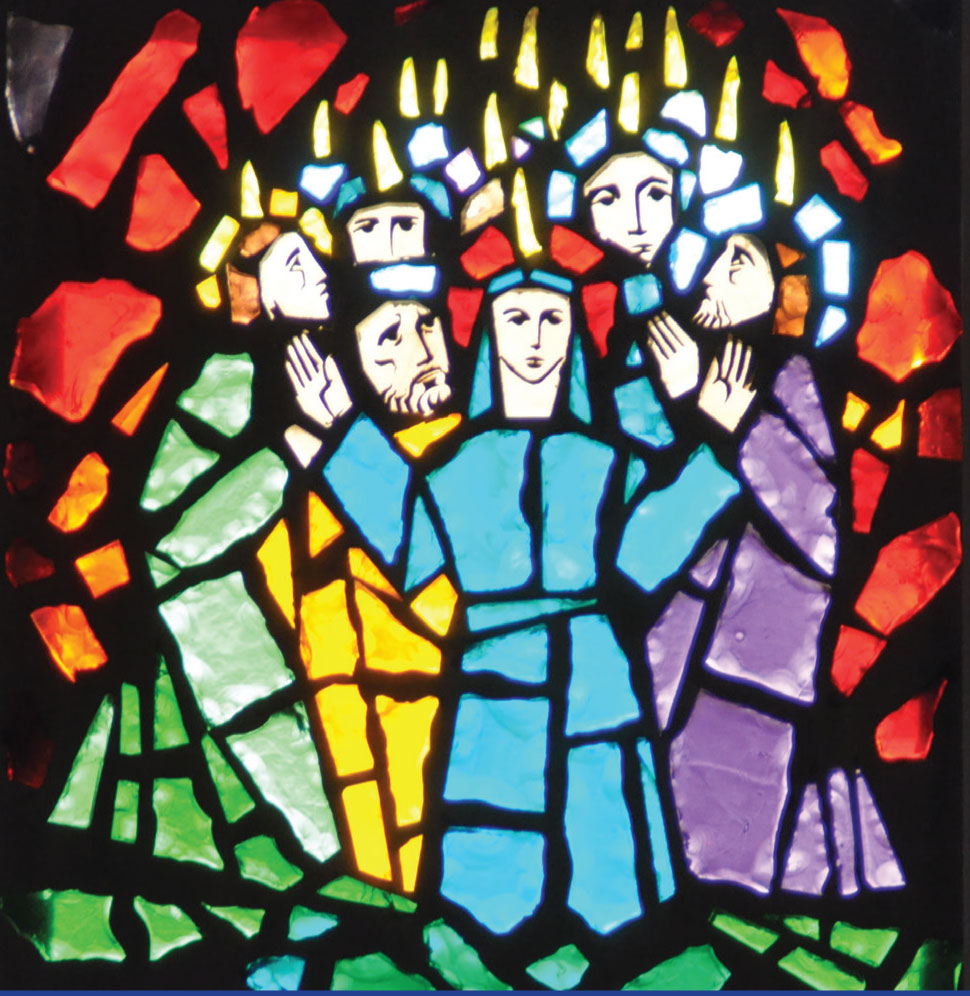
A 50-day celebration of Easter follows the 40 days of Lent. Most Catholics probably do better at keeping Lent than celebrating Easter. Ash Wednesday and Good Friday are days we feel guilty about not observing in some way. The Stations of the Cross appear on the walls of every Catholic church.
However, the Church celebrates Easter longer and with greater enthusiasm than Lent. Easter celebrates the central mystery of our faith: Jesus’ resurrection from the dead. The Easter Vigil on Holy Saturday evening inaugurates 50 days of joy that culminate on Pentecost, when Christians celebrate Jesus’ sending of the Holy Spirit on his followers. During this season we read from Jesus’ farewell to his disciples in John’s gospel, chapters that explore our continuing relationship with the risen Jesus, his Father and Spirit.
The Church father Athanasius refers to these 50 days of Easter joy as the “Great Sunday.” In Gaul in AD 110, St. Irenaeus directs Christians not to kneel during the Pentecost season. Kneeling connotes penitence. The church of Carthage also forbids kneeling (AD 210).
The joy of the risen Jesus’ continuing presence and the Spirit’s coming affected how early Christians prayed. In AD 325, the Council of Nicaea formalized the practice of not kneeling for the whole Church. It described the 50 days of Easter as the new creation ushered in by the risen Christ.
Symbolically, the 50th day is a day of fullness. In ancient numerology seven is the number of perfection. Seven times seven plus one, 50, is like perfect times perfect, plus. The 50th day points to Jesus’ second coming, the fullness of all creation in Christ.
The Pentecost scriptures envision a transformation of the world in Christ by a community whose members are always in need of transformation themselves. The Spirit provides the gifts for renewing the face of the earth.
- How have you experienced coming to life again and finding joy this Easter season?
